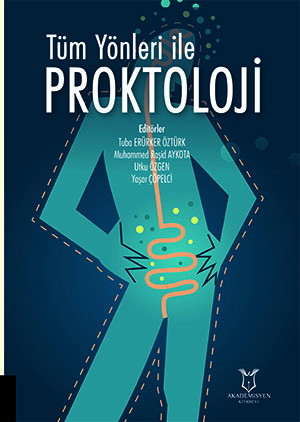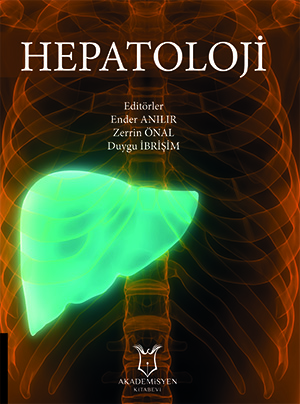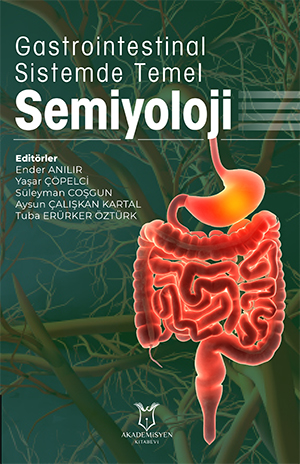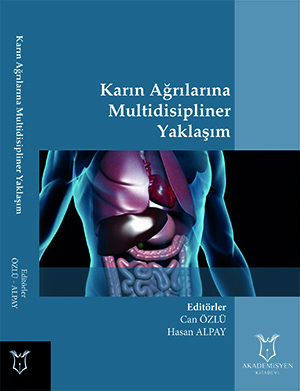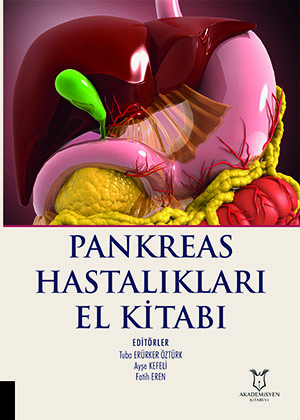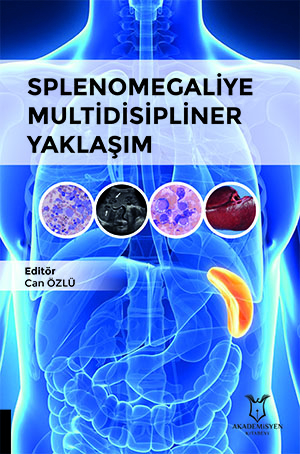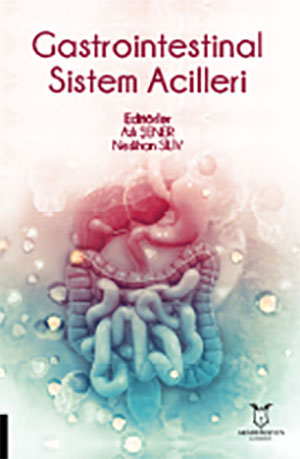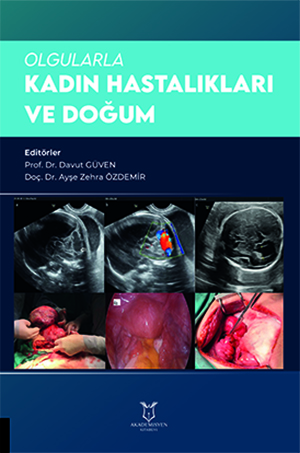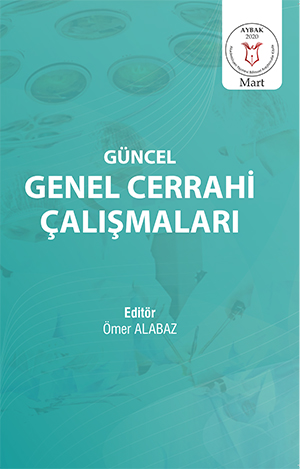Ascites is an abnormal accumulation of
fluid in the peritoneal cavity that often causes abdominal tension. The most
common clinical finding is abdominal tension, and in the presence of spontaneous
bacterial peritonitis, it consists of clinical findings depending on etiology,
in addition to fever, abdominal tenderness and change in consciousness. Ascites
is often seen due to portal hypertension, and the most common cause is
cirrhosis. 5-10% of patients with compensated cirrhosis decompensate annually
and often present with ascites. Since it may cause various complications such
as bacterial infection, electrolyte disorders, hepatorenal syndrome,
malnutrition, abdominal hernia and deterioration in general well-being, the
development of ascites in a patient with cirrhosis is an indicator of poor
prognosis due to increased mortality. In addition to pregnancy being one of the
rare causes of ascites, pregnancy is also a condition that makes it difficult
to detect and treat the cause of acid. The causes of ascites during pregnancy
are similar to the common causes seen in society. Diagnosis consists of
physical examination and examination of imaging findings, and analysis of
ascitic fluid is important in differential diagnosis, evaluation of the
presence of complications and treatment planning. Treatment should mainly focus
on the underlying cause and be planned according to the ascites stage. Dietary
salt restriction, diuretic treatment, paracentesis, transjugular intrahepatic
portosystemic shunt, liver transplantation, and alfapump placement are the
treatment options for ascites. Since there is not enough data in the literature
regarding these treatment options and some treatment methods are
contraindicated during pregnancy, treatment planning should be planned together
with the multidisciplinary team.
Atıf Sayısı :





